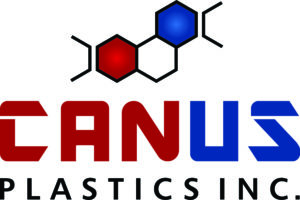Chlorinated Polyvinyl Chloride (CPVC) plastic is created by increasing the chlorine content of PVC under heat or UV induced conditions. This makes it somewhat heavier and more expensive than PVC but its uses are just as wide ranging.
The properties and advantages of CPVC are the same as PVC except that it can withstand greater temperatures and is therefore used under conditions where PVC may soften or weaken. This includes hot water applications where temperatures would exceed 50°C or more. It is also more ductile that PVC so that it is better for bending and resisting crushing in underground piping applications.
CPVC is favorable for manufacturing and processing involving:
- Injection Moulding
- ThermoForming
- Vacuum Forming
- CNC Machining
- General Machining
- Welding
- Adhesives
- Extrusions
CPVC uses tend to be more specialized than PVC because of limitations related to higher costs and weight. Its ability to handle higher temperatures and resist burning lends CPVC towards uses carrying industrial fluids and hot gases as well as geothermal, chemical and medical applications.

